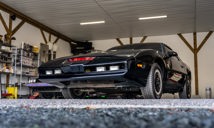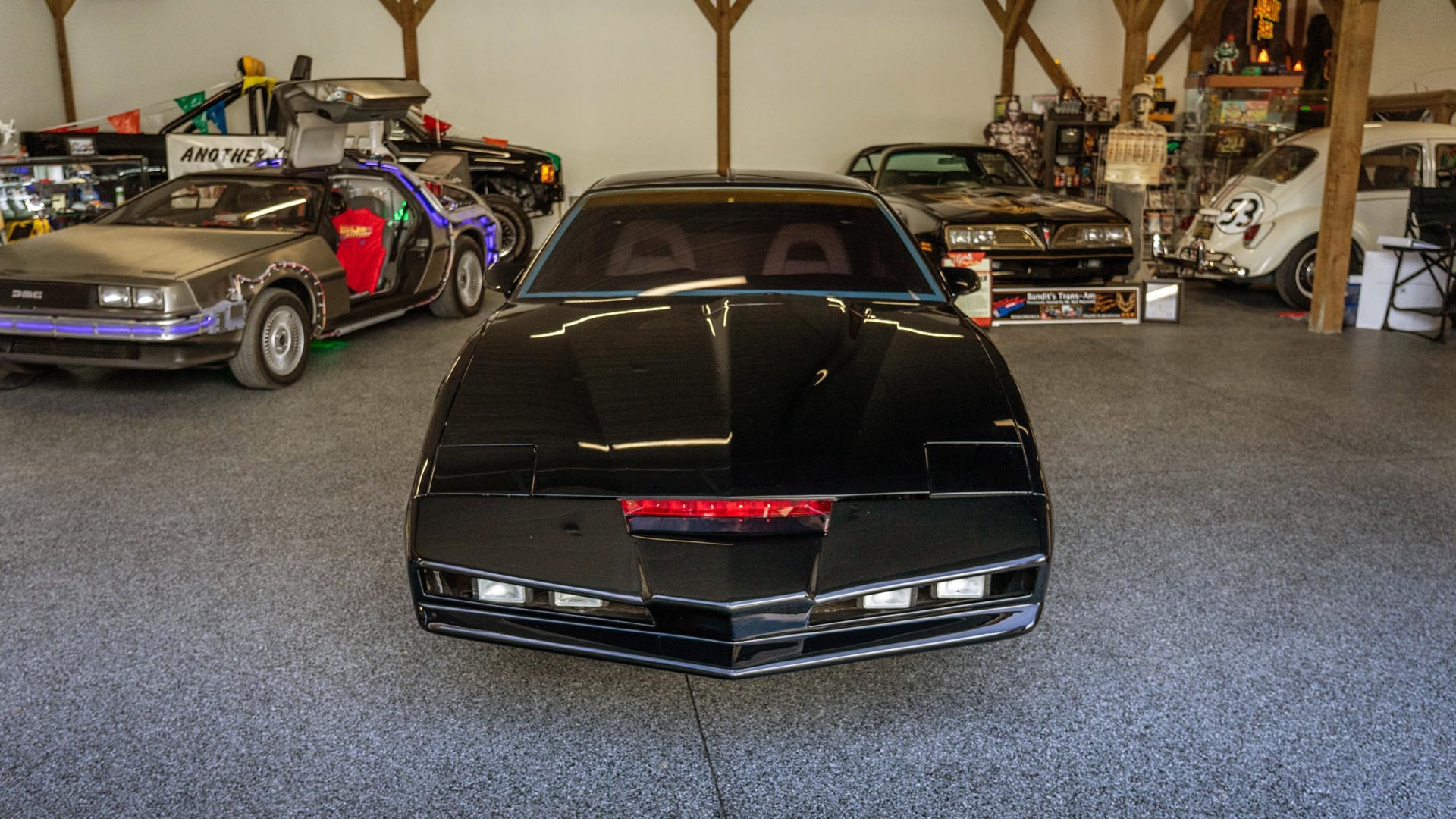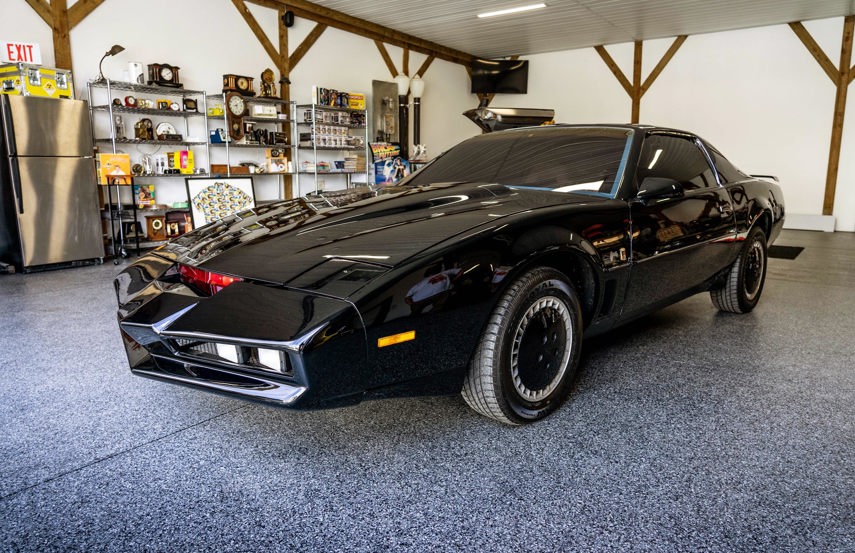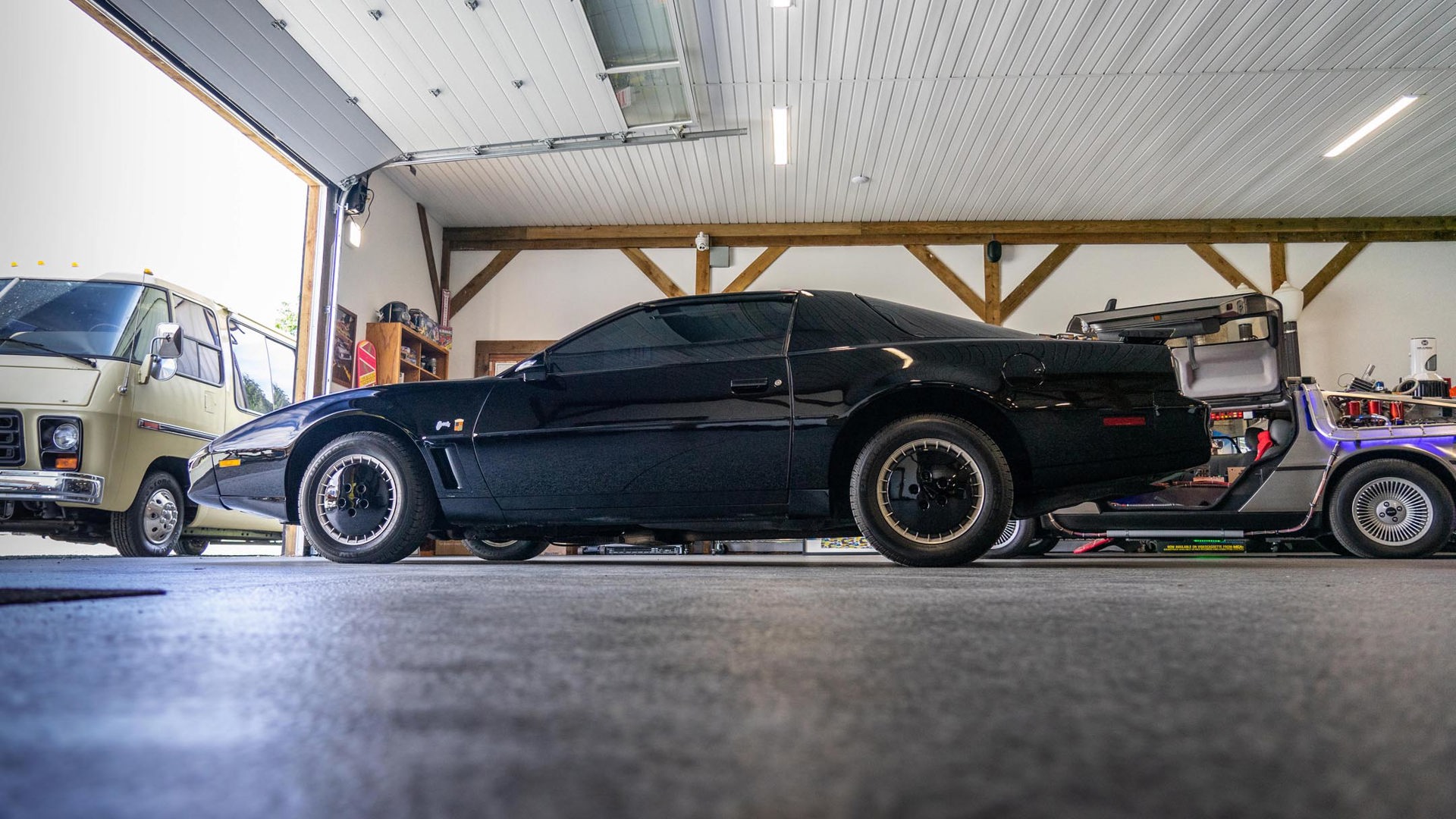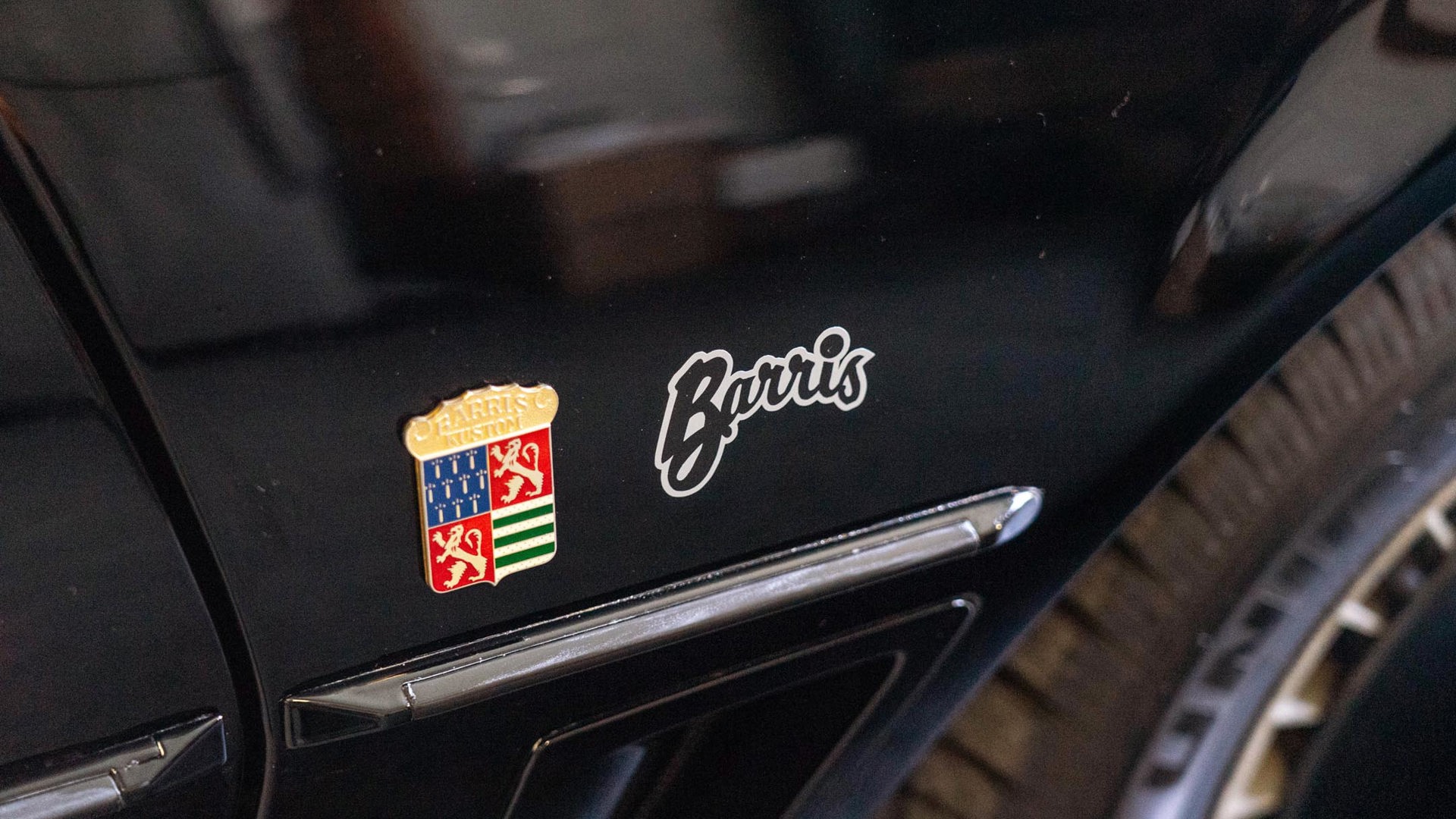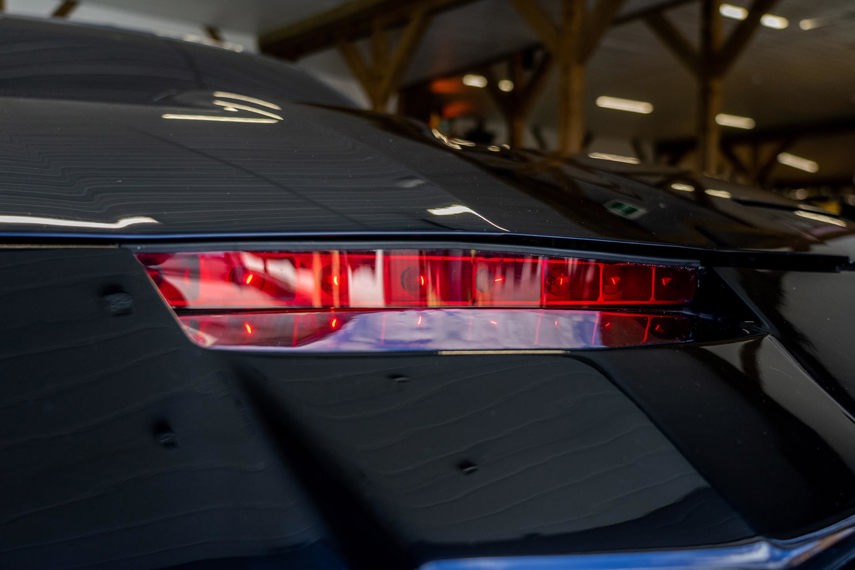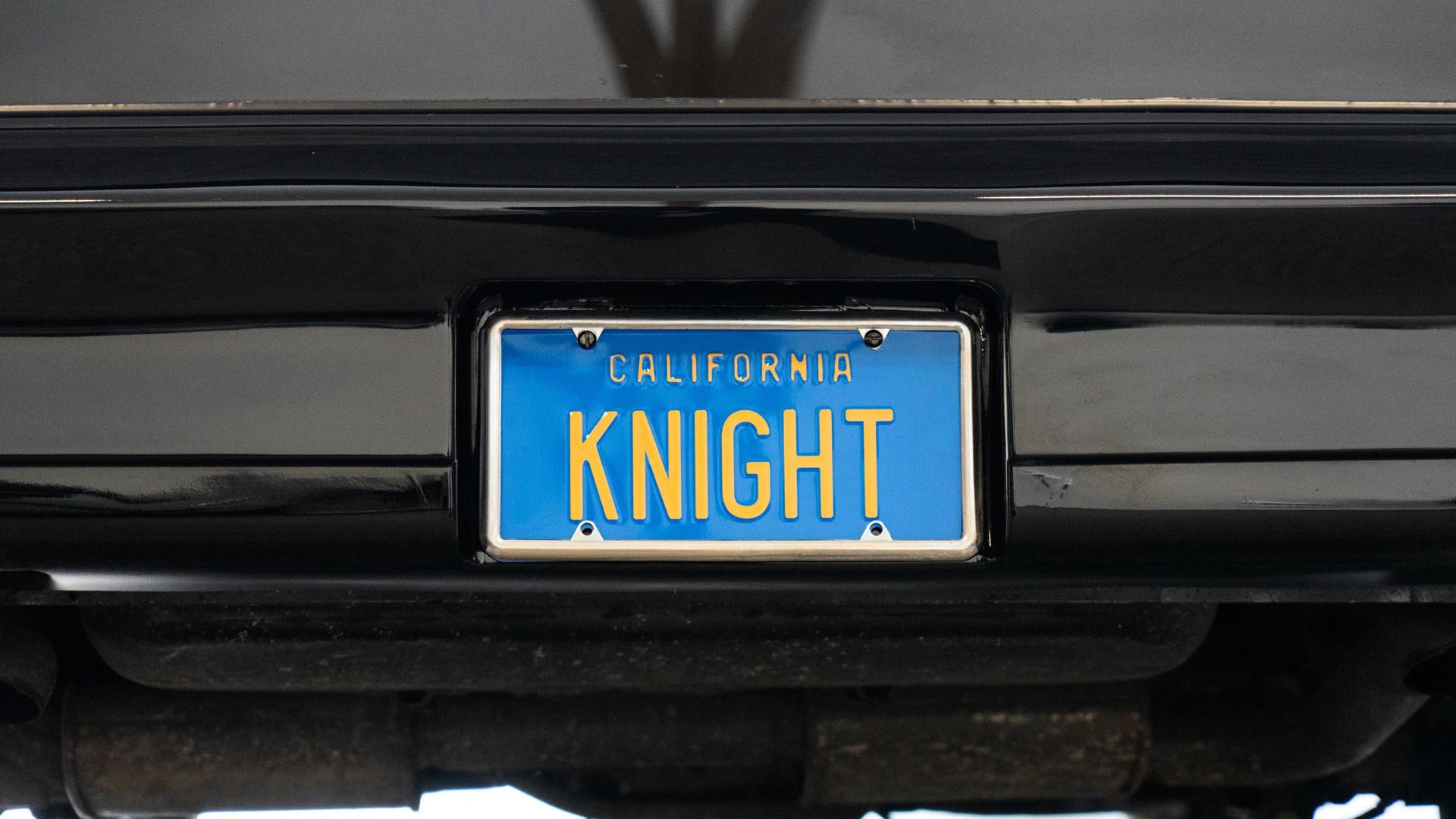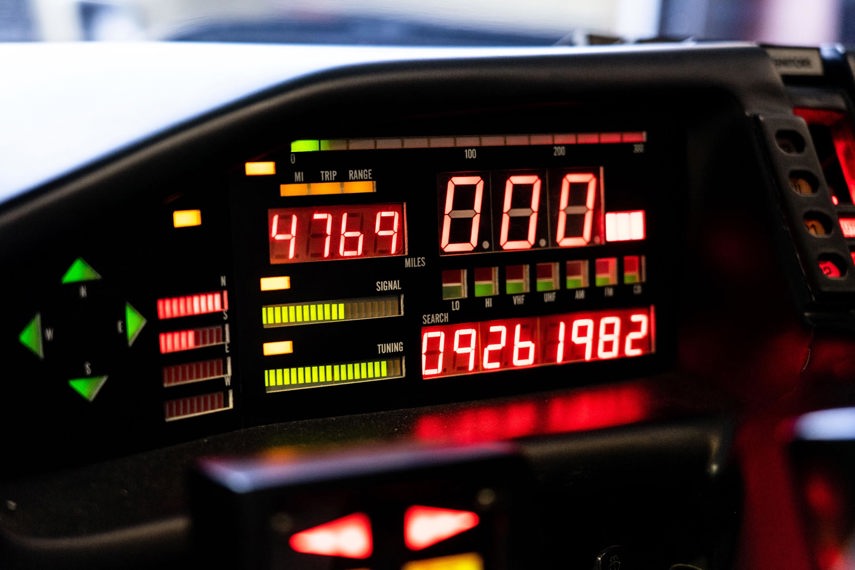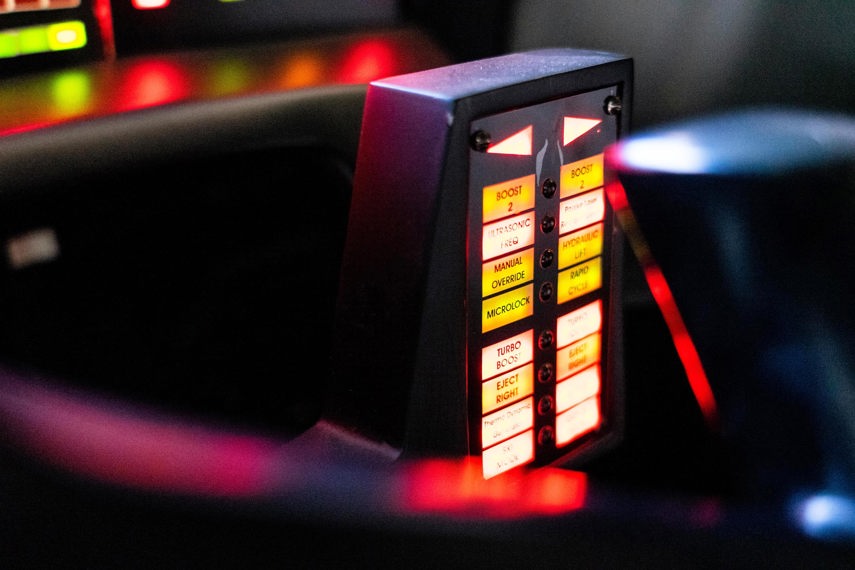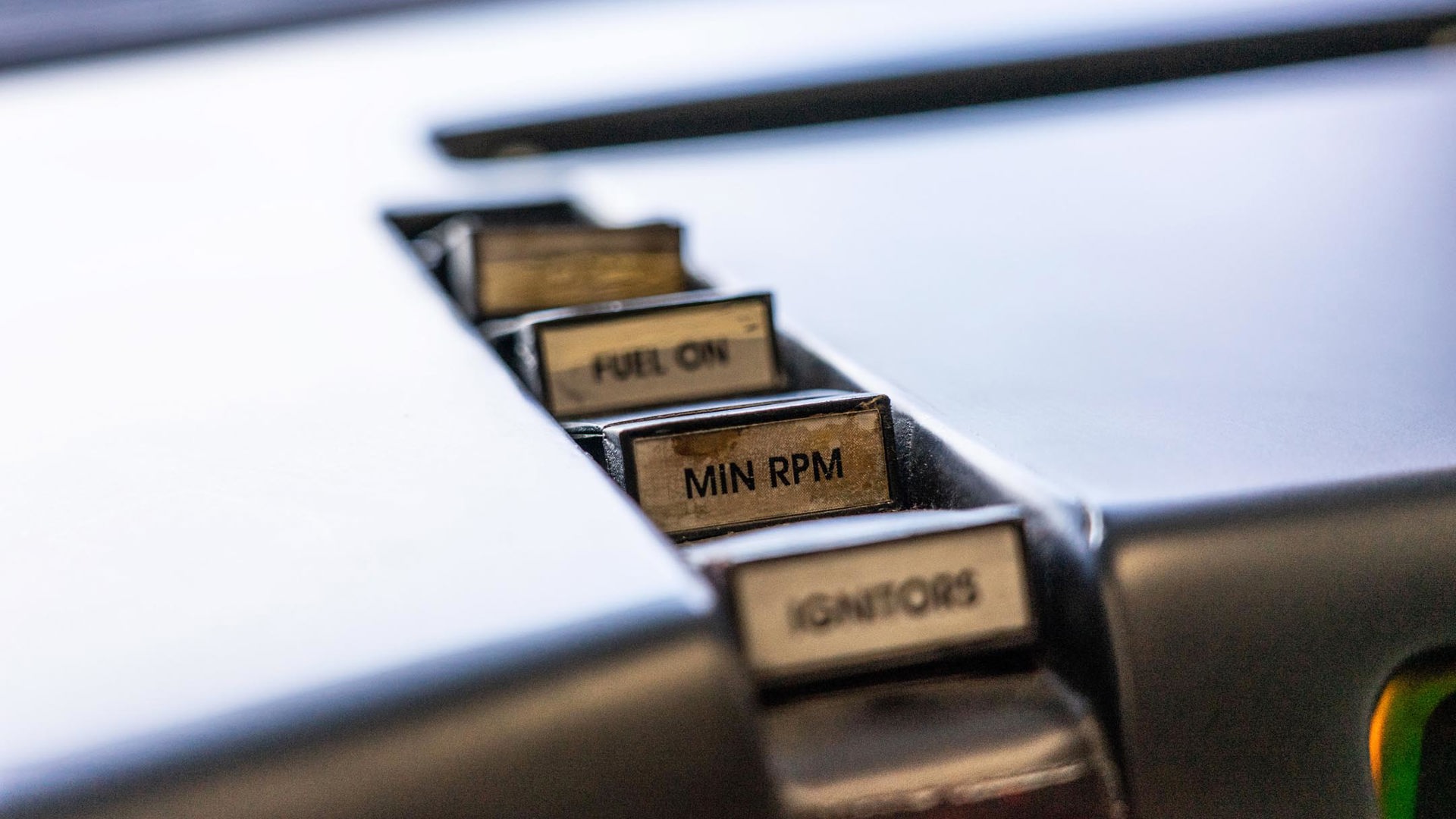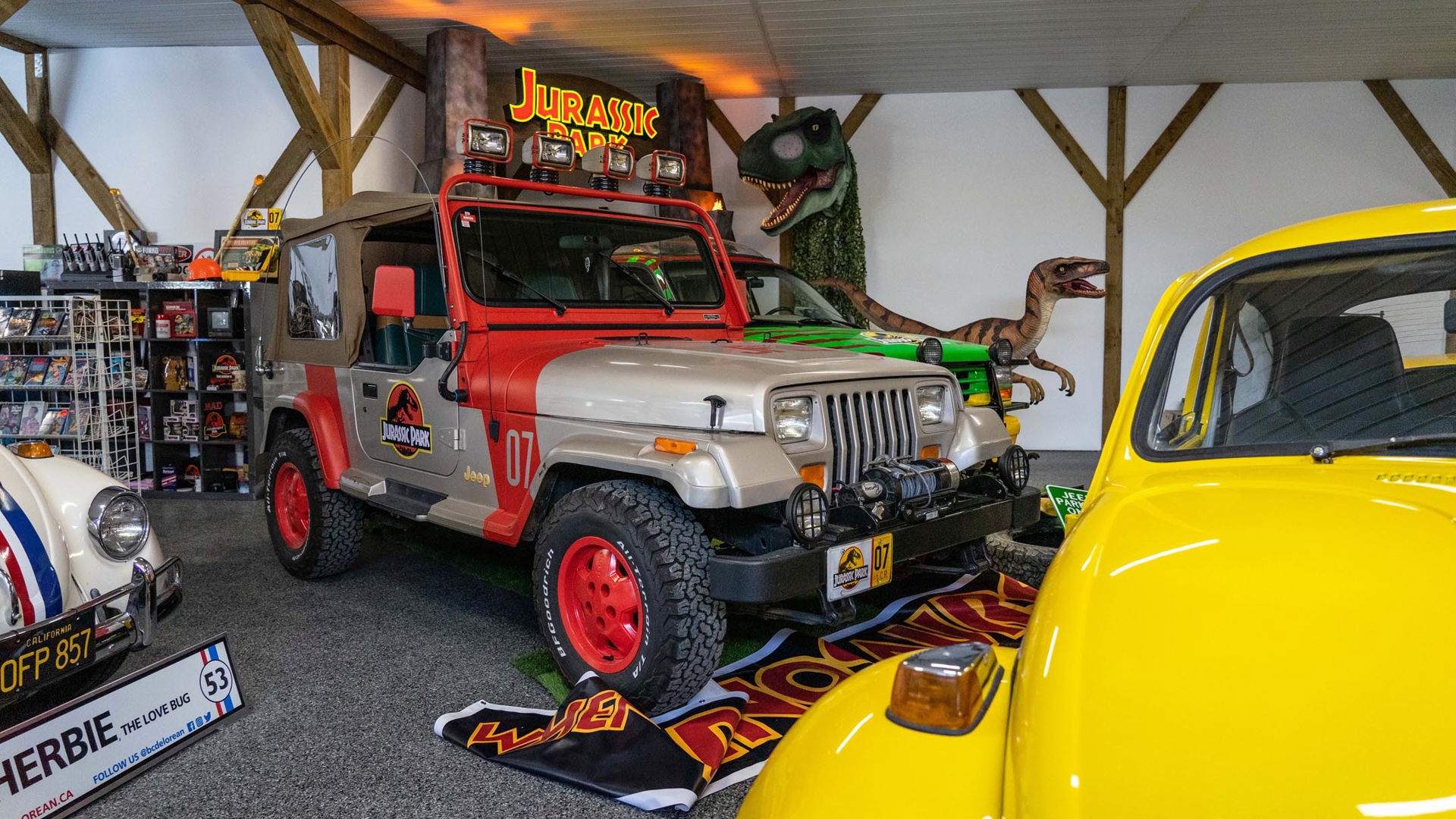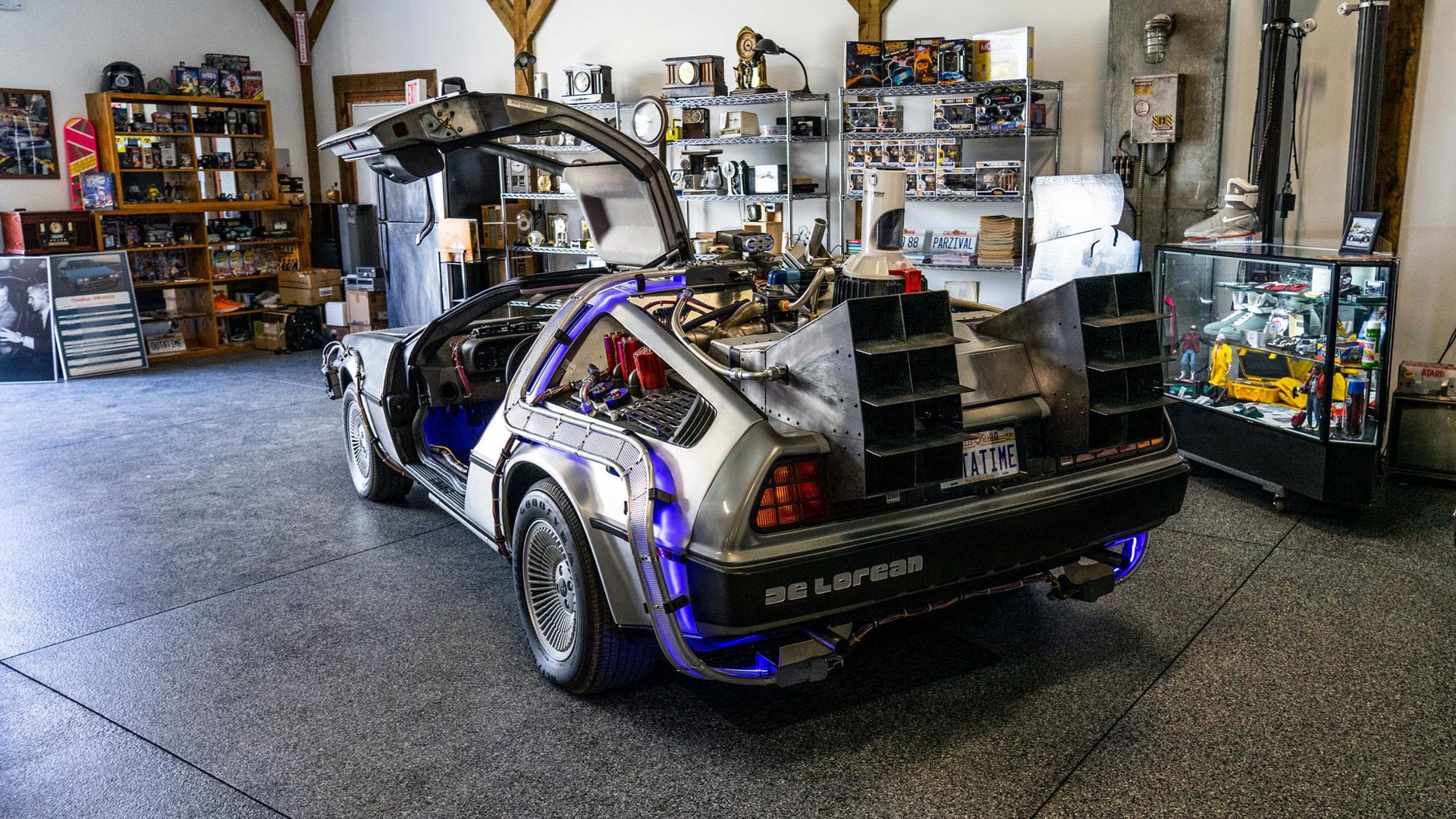On September 26, 1982, rapt audiences sat in front of their television screens, watching Detective Michael Long bleed to death in the headlights of a Pontiac Firebird. Double-crossed by a femme fatale, the undercover detective will find himself rescued by eccentric billionaire Wilton Knight. He will be given a new face, a new identity, a chance for revenge. And he will get one of the coolest cars to ever appear on the small screen.
Knight Rider! For four seasons, kids of the 1980s delighted in episodes that showed, quote, “a shadowy flight into the world of a man who does not exist.” Even if you weren’t around at the time, you can probably hear the synth-heavy intro music playing in your head right now. Knight Rider became a lasting cornerstone of 1980s TV culture, along with hits like The A-Team and Airwolf. David Hasselhoff’s Michael Knight was basically a live-action cartoon superhero. And every Knight needs a worthy steed.
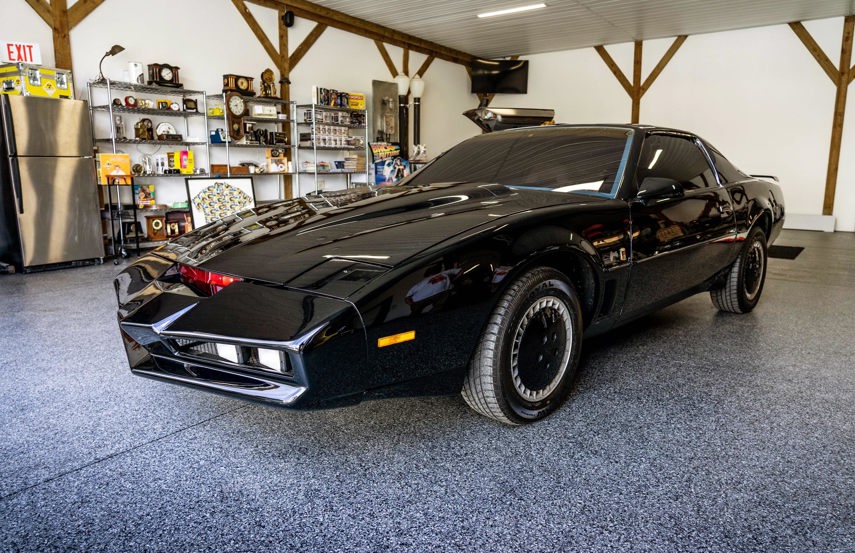
The Knight Industries Two Thousand, or KITT, is the real hero of Knight Rider. Like the General Lee of The Dukes of Hazzard, it’s the one that had kids grasping an imaginary steering wheel – or in KITT’s case, what looked like a flight yoke. Further, while the General Lee was an uncredited main character, KITT actually got top billing. Voiced by actor William Daniels, the car wasn’t just transport – it was Michael Knight’s partner in solving crime.
You’d think a high-profile television show would have automakers beating down the door to have their cars being front-and-centre. That wasn’t the case with KITT. The story of how a slightly modified Pontiac Firebird Trans Am became the talking car that audiences fell in love with is one of train derailments and secret parking lot meetings. GM didn’t want to be a part of KITT. But it happened anyway.
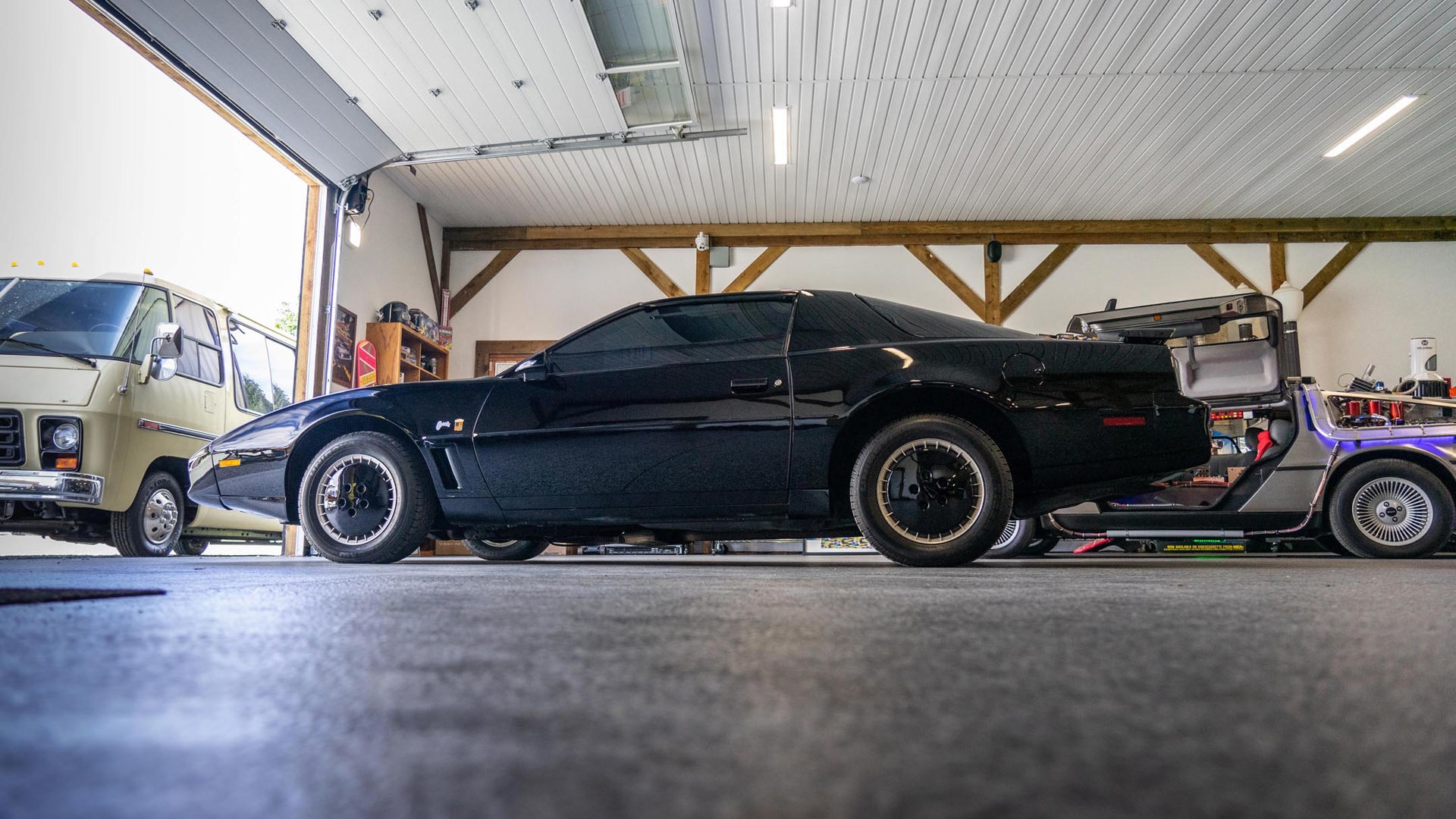
General Motors products were all over our televisions and movie screens in the late 1970s and early 1980s. If it wasn’t James Garner pulling a J-turn in a Firebird on The Rockford Files, then it was Burt Reynolds up to no good in his Smokey and the Bandit Trans Am. Pontiacs sold well when they were pop culture icons. By the early 1980s, however, the second-generation cars were looking a bit old-fashioned, and sales were low. The third-gen Firebird looked to the future.
A tie-in with a car that could talk, drive itself, and was filled with futuristic gadgets seemed like a no-brainer. However, Pontiac’s promotions manager was Jim Graham, and he thought Knight Rider would be a flop. A talking car? Nothing cool about that. Pontiac wanted people taking the Firebird seriously.
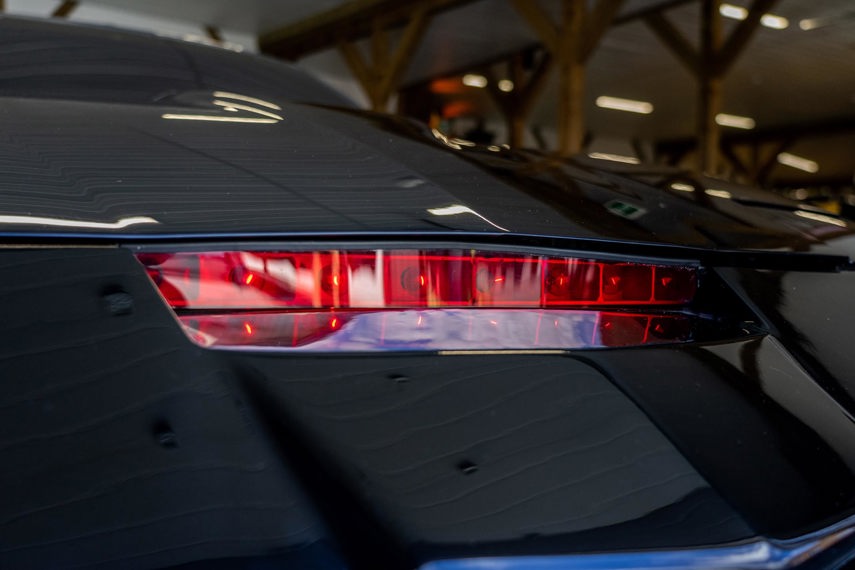
Others disagreed with Graham’s hesitation and kept pushing for the cars. On the west coast, Eric Dahlquist was the local head of Pontiac PR. He couldn’t do anything without the head office signing off on it, but he pressed his case. While Graham’s objections weren’t officially overruled, three black Firebirds were found and taken out of dealer allocations. Dahlquist got an anonymous call to come pick them up from the shipping lot. There was no paperwork to sign. No one spoke to him. The three cars that would become the first KITT were just... driven away.
Customizing was done at a nearby shop, with the signature scrolling red light – and yes, it’s intended to look like a Cylon from Battlestar Galactica – done by John Ward. Much of the rest of the car, including the interior was done by a studio designer named Michael Scheffe. As this was all done nearly 40 years ago, there’s some disagreement among fans about who actually contributed each element of KITT, but the car is instantly recognizable even if you haven’t seen a single episode of Knight Rider.
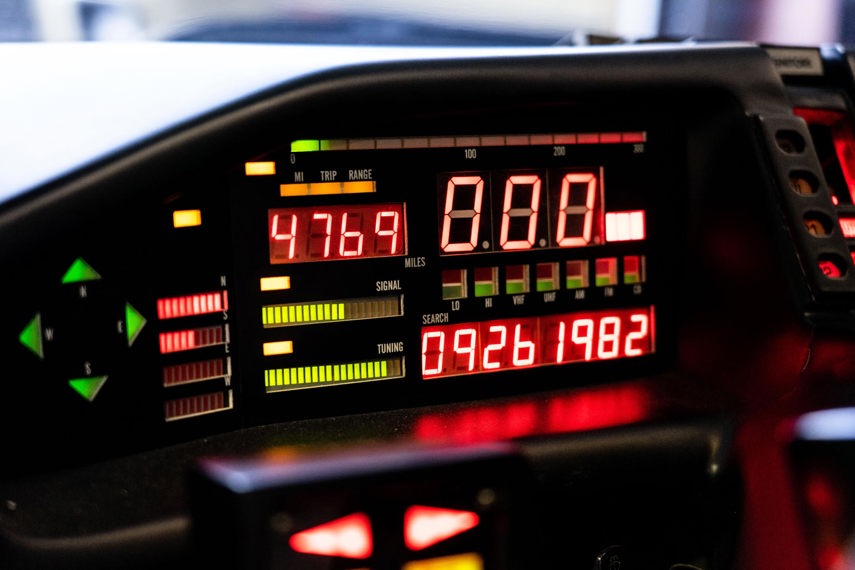
This example formerly belonged to legendary car customizer George Barris, who did some consulting on later KITTs, including on the aerodynamically transformed Super Pursuit version. It’s part of a small, but jaw-dropping collection of picture cars owned by British Columbia DeLorean. Nominally available for events rental, the collection is a passion project for Brandon Mindel and his father Kevin.
Their KITT sits surrounded by pop culture icons like the Back to the Future DeLorean time machine, Jeep Wranglers and Ford Explorers from Jurassic Park, a Herbie VW Bug, and even a replica of the Toyota pickup truck from Pixar’s Toy Story. When the younger Mindel starts KITT, the red scrolling light flashes to life with a wave of nostalgia.
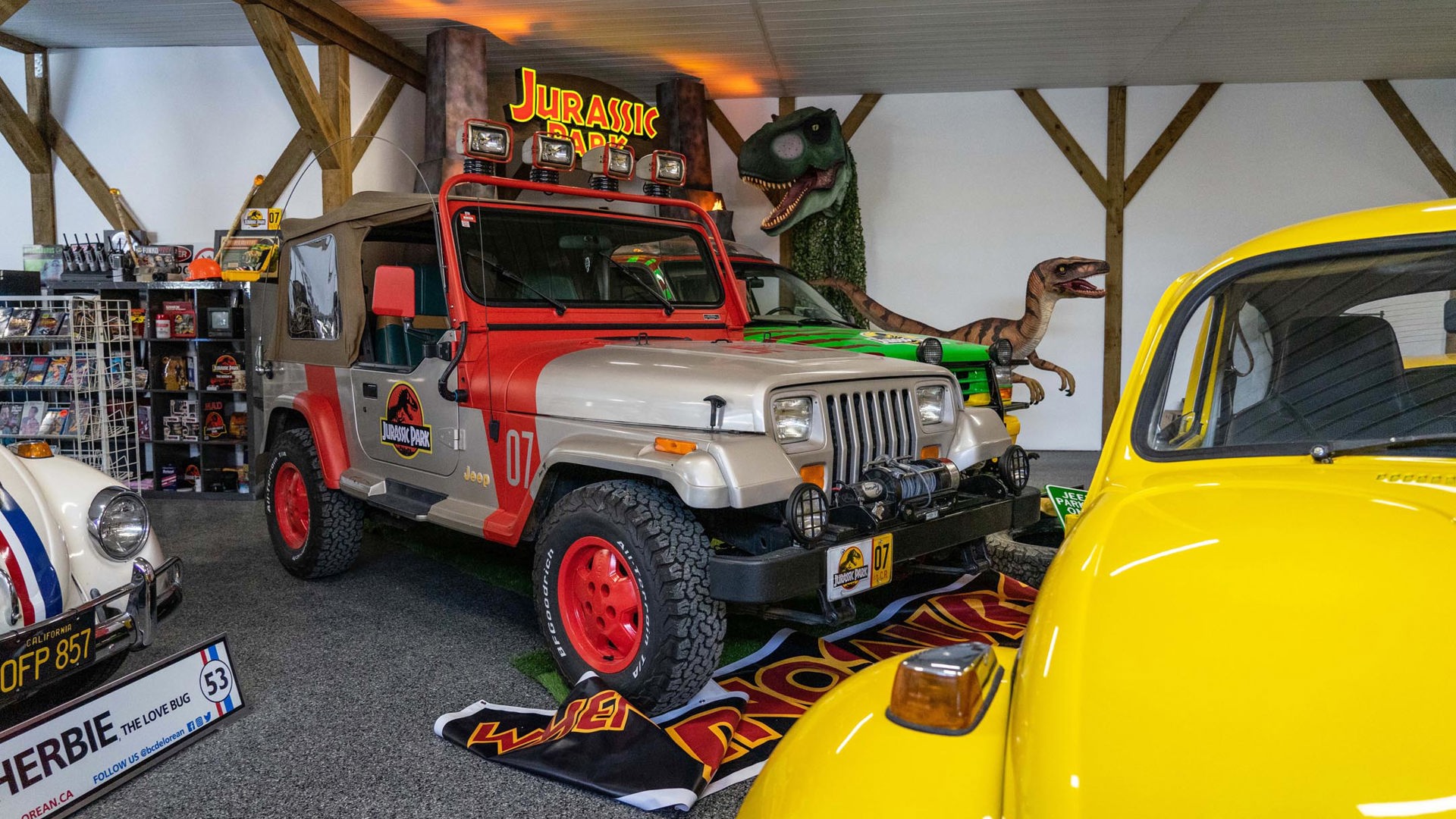
Let’s borrow the Mindels’ DeLorean, and zip back to the fall of 1982 again. After the success of the Knight Rider pilot, the producers found themselves with an order for 22 episodes. But they also found themselves with a really big problem.
As mentioned, some subterfuge had been required to get the first three black Trans Ams turned into KITT. But the car was now out and was in high demand at dealers. Pontiac was riding a wave of success, and that was a real issue for the producers of Knight Rider.
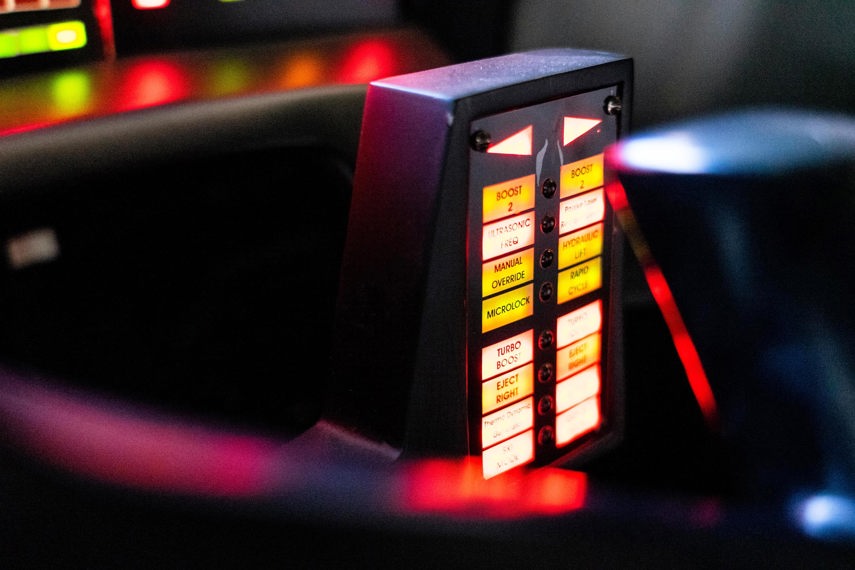
The reason was simple: the 1980s were all about car jumps. And jumps kill cars. To give an idea of the rate at which TV stunt production of the time consumed vehicles, please note that The Dukes of Hazzard is estimated to have crashed more than 300 General Lees over the course of six seasons. Knight Rider had three cars. That wasn’t going to be enough.
Then things went off the rails. Literally. In early November, a transport train carrying Camaros and Firebirds to California dealers came off the tracks. Several railcars flopped over onto their sides, with the cars inside being slightly damaged. They couldn’t be sold new. Knight Rider’s people jumped on the phone.
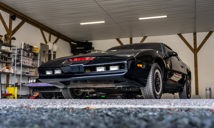
Most of the Firebirds weren’t Trans Ams, but that didn’t matter where stuntwork was concerned. The studio snapped them up, and crushed them after filming was completed.
By that point, Knight Rider was a widespread success, the third-generation Firebird was even more popular than before, and David Hasselhoff was a household name. As for the Knight Industries Two Thousand, more than a few kids dreamed of growing up to own one. And you can: you just need a 1980s Firebird and a little bit of TV magic.
